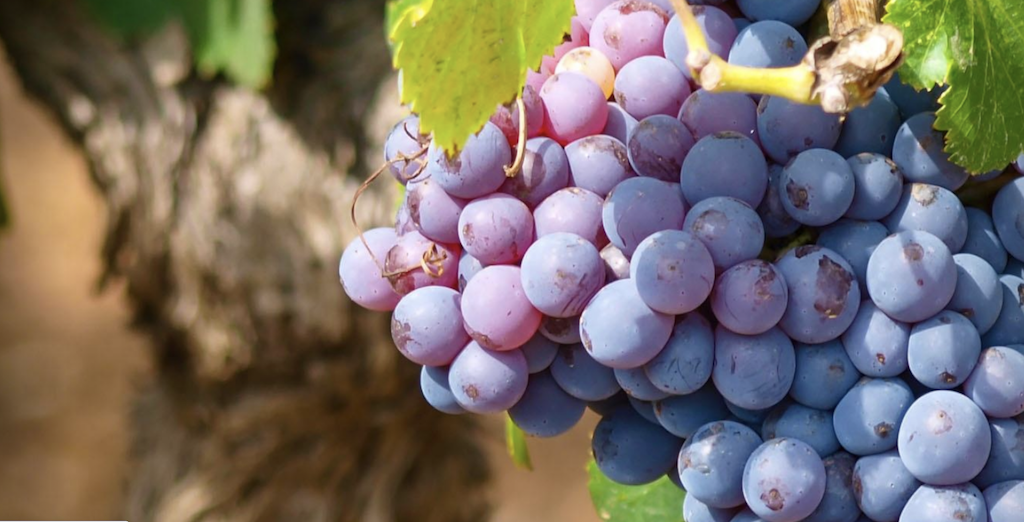In the Vineyard
In 19th century America, land was abundant and while phylloxera was destroying other European varietals, Zinfandel was surviving. This gave Zinfandel growers a rare opportunity to try planting in numerous and varied sites, ultimately identifying the sites and regions where the Zinfandel grape would flourish.
Essentially Zinfandel is unique in vinifera varieties in California from its larger cluster and fairly vigorous vine, to the grapes themselves. They are smaller, more compact, and within the bunch, they ripen unevenly, which means you have grapes that are slightly under ripe, perfectly ripe, and some actually verging on dehydrated or “raisiny” in the same cluster. This leads to the unique flavor dynamics of great Zinfandel. It produces bright acidity from the slightly unripe areas, perfect fruit flavors from the ripe grapes, and concentration and depth from the slightly withered or overripe.
It is also the factor that makes Zinfandel so difficult to pick at the right moment because your choices of proportion of those various elements of the fruit determine the quality of the characteristics of the wine you want to produce.
In addition to the clusters, the age of the vines, the clone of Zinfandel rootstock, the pruning method and subsequent crop level are factors in the vineyard. Ideally, Zinfandel is dry-farmed or minimally irrigated, using traditional head-trained pruning techniques rather than the trellis systems common with other varietals. This approach helps hold Zinfandel’s tendency to over-produce fruit in check, while providing adequate sunlight and airflow for the tight clusters.
Zinfandel requires a long growing season with a preference for a warm but not excessively hot growing region. “Hang time,” or the amount of time grapes stay on the vine to ripen before harvest, is carefully monitored to ensure the delicate balance between acid, tannin and sugar.
The characteristics of the wine will vary from region to region, but there is a constant with most Zinfandels: a rich, up-front core of fruit, exotic spice, and an unmistakable white or black pepper note that is not just a taste, but a sensation.
Layered on top of the vineyard complexities, is a winemakers style. A winemaker may add oak aging, might whole-cluster-crush, blend different vineyards, or not. No rigid protocols dictate how Zinfandel grapes are made into wine.
Fun fact! All old vines are head-pruned with slight variations.
“Heading it” was based on hip or pocket height and of course, people are different heights: a six-foot-tall farmer has a different hip height than a five-foot-tall farmer. The standards that were used were variable standards, and thus, in California, head pruning each vineyard took on its own look!
